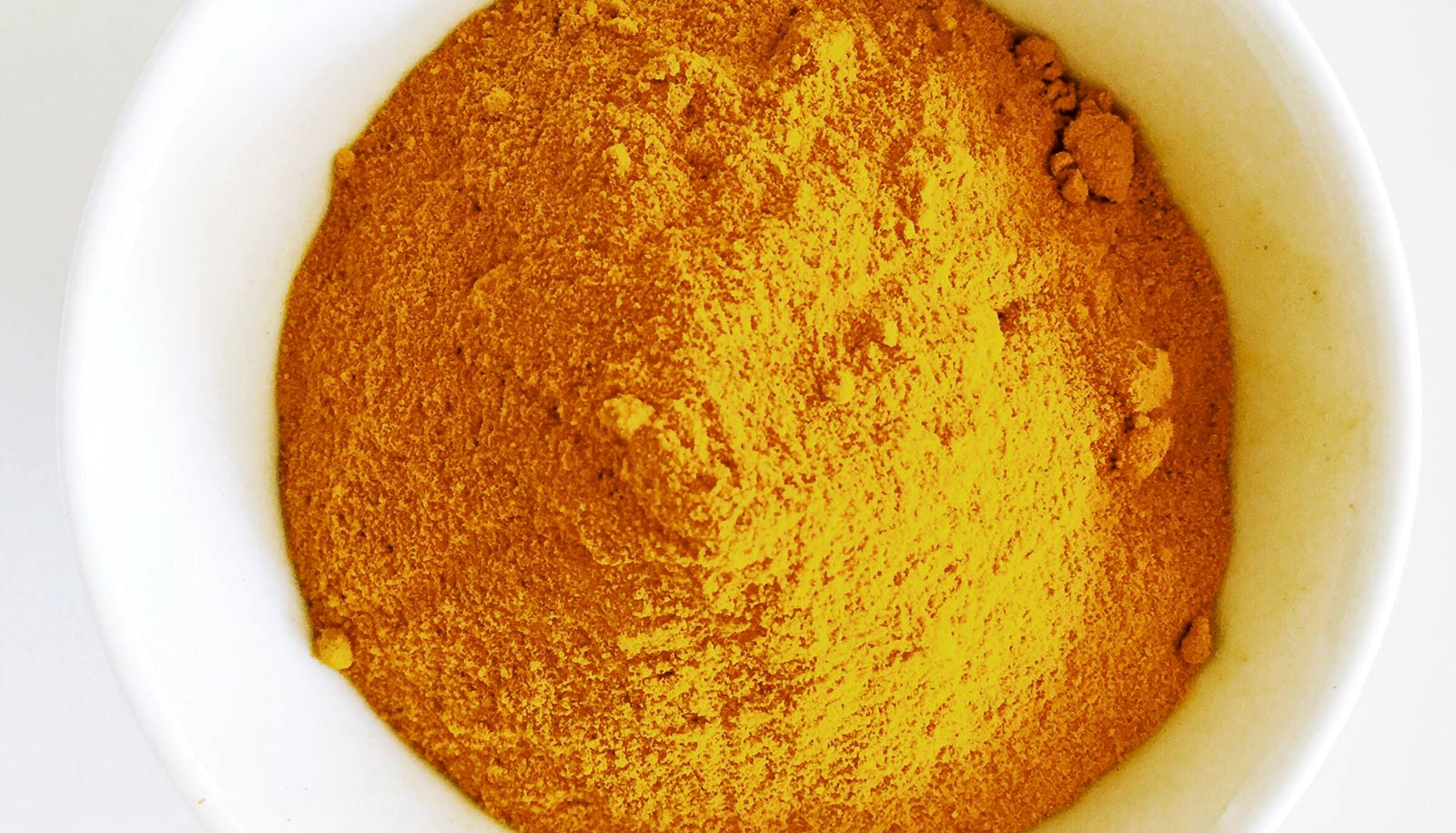A new discovery could one day lead to treatment for the chronic neuroinflammation and resulting brain dysfunction associated with Gulf War illness, researchers say.
Veterans from the first Gulf War have suffered for years from a variety of psychological and physical symptoms that experts now call Gulf War illness, often called Gulf War syndrome.
The wide variety of ailments make finding a treatment difficult—but researchers say a significant amount of the symptoms appear to be neurological. One of the most common symptoms relating to brain function is cognitive dysfunction and mood problems. Sufferers also may experience anxiety, depression, sleep problems, and a reduced ability to concentrate.
Experts have yet to identify the exact cause of Gulf War illness, but believe it is associated with veterans’ exposure to a variety of chemicals during the war coupled with war-related stress. Because approximately 700,000 United States troops were deployed during this war, and put at risk for Gulf War illness, how to treat this seemingly untreatable illness remains a big concern.
Chemical exposure
“We knew several of the wartime chemicals in question could enter the brain through a leaky blood-brain barrier, which caused a buildup of a neurotransmitter called acetylcholine,” says Ashok Shetty, professor in the molecular medicine department at the Texas A&M College of Medicine and associate director of the Institute for Regenerative Medicine. “The acetylcholine typically excites neurons but can also make neurons sick or even die due to too much excitation, which creates the inflammation.”
However, up until this point, the mechanisms underlying chronic brain inflammation in Gulf War illness remained mostly unknown.
For the study in Brain, Behavior and Immunity, researchers used animal models of Gulf War illness to recreate how the illness occurs and learn the mechanisms of inflammation. Researchers exposed the models to similar chemicals and waited 10 months—the equivalent to 25 to 30 years in a human’s life—or roughly the length of time since the First Gulf War.
In the models, they found elevated levels of HMBG1 (a protein called high mobility group box one), proinflammatory cytokines, and complement activation in the cerebral cortex of the brain.
Chain reaction
“In a disease condition, HMBG1 can transport into the cytoplasm and leak into the extracellular space of a living cell,” Shetty says. “From there, the HMBG1 creates a chain reaction that ultimately releases toxic substances that can make neurons sick and die.”
Firstly, the HMBG1 activates certain receptors on microglial cells found in the central nervous system. Those cells then release proinflammatory cytokines, which, when in too great a quantity, can eventually deteriorate brain tissue and cause cognitive and mood problems.
“This chain reaction showed us that HMBG1 is one of the leading causes of the persistent cognitive dysfunction and chronic neuroinflammation associated with Gulf War illness,” says Leelavathi N. Madhu, a postdoctoral fellow in the molecular and cellular medicine department. “After looking at our results, we decided to target the HMBG1 and the resulting complement system activation.”
As part of the immune system, the complement system increases inflammation to boost the opportunity for antibodies to target invading cells. However, when an injury or exposure to chemicals triggers the complement system, it develops an autoimmune-type reaction that maintains a persistent inflammation within the body.
Presently, drugs do exist that neutralize or reduce HMGB1 and inhibit complement activation. Shetty says they may be useful for treating Gulf War illness after they undergo thorough testing.
Next steps for studying Gulf War illness
“Next, we wanted to find a noninvasive way to measure the HMGB1, proinflammatory cytokines, and complement system activation,” Shetty says. “In our study, we found that we could reliably see those elevated biomarkers in the blood of our models of Gulf War illness.”
Tiny vesicles released from the neurons and astrocytes in the brain typically enter the circulating blood. “We characterized brain-derived vesicles in the blood and found higher levels of HMGB1 and other inflammatory proteins as seen in the brain,” Madhu says.
For the next step, researchers will perform a “liquid biopsy,” or a study of the blood, of veterans with Gulf War illness. A liquid biopsy approach involving the characterization of brain-derived vesicles in the blood will be especially useful in clinical trials as it provides a minimally invasive way to monitor persistence or progression of brain inflammation in patients with Gulf War illness.
“We hope to collaborate with investigators that have a blood bank of samples taken from patients,” Shetty says.
The US Department of Defense funded the work.
Source: Mary Leigh Meyer for Texas A&M University


